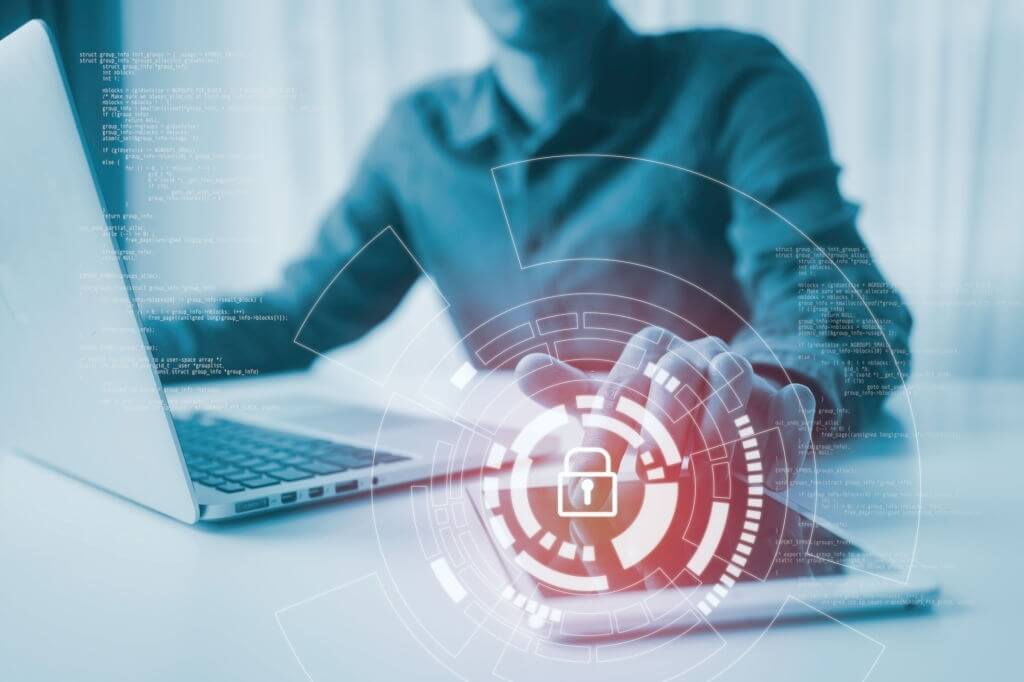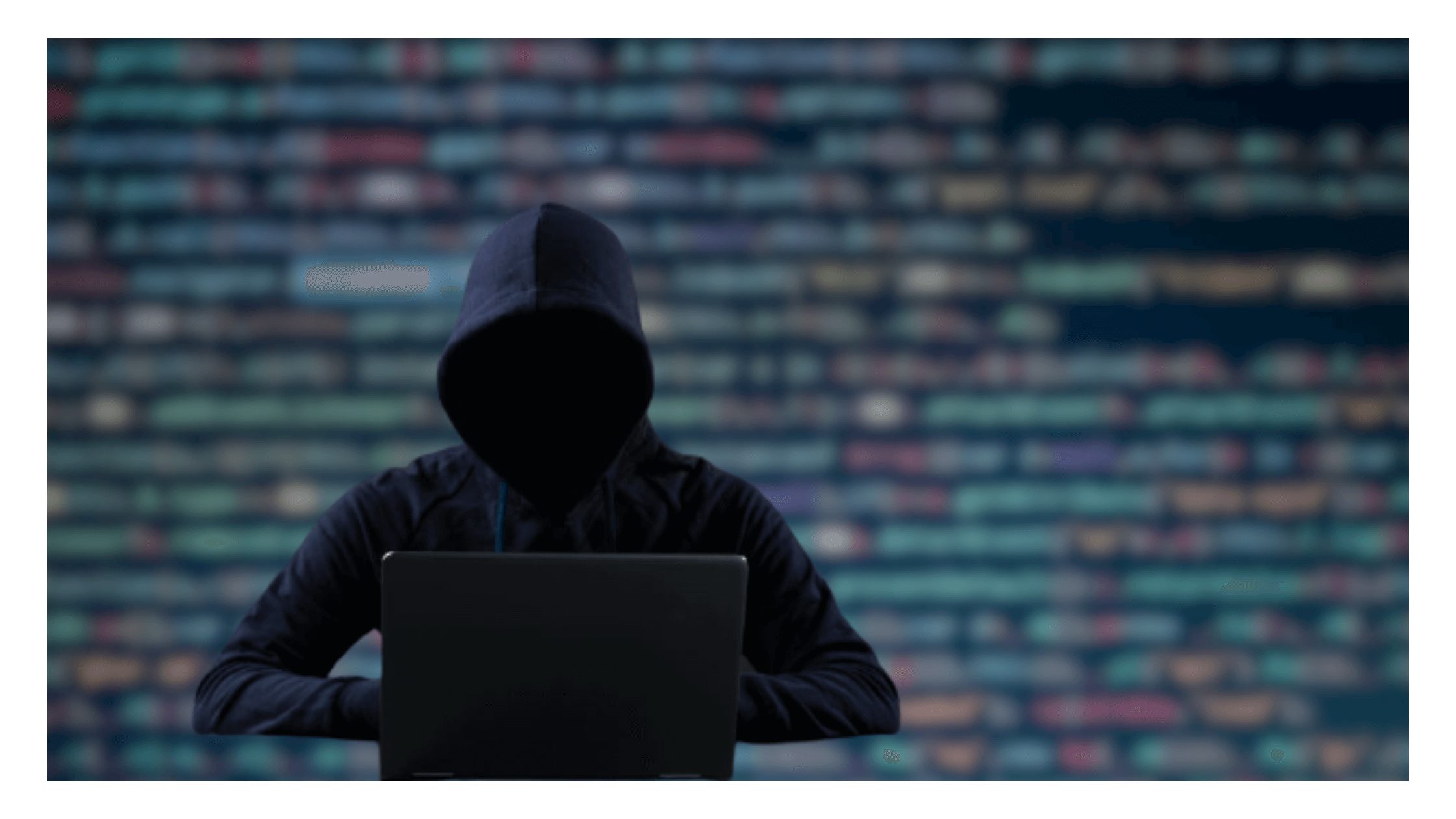Cybersecurity Control And Why You Need It?
In this digital age, all our confidential information is stored in electronic devices and all types of cybercriminals are using ways and means to access this information to pass on to other companies that may use this information to pass on our preferences likes and dislikes that are not so serious. Such information is passed on to retail companies that thereafter send targeted ads.
Is It Essential To Implement Cybersecurity Control?
Contents
What is serious is sensitive information about our bank accounts and Passport and even PAN card details that can be accessed and used with serious consequences. For example, many banks and companies and even retail product companies ask for PAN cards as ID proof. There were several cases of terrorist organizations using hacked PAN numbers to remit currency to their counterparts and the innocent people whose numbers were used were arrested on antinational charges.
Such unfortunate events or turn of events highlights the need for even individuals to need cybersecurity controls.
Types Of Cyber Threats
Cyberthreats are of 3 types. They are:
- Cybercrime
- Cyberattack
- Cyber-terrorism
Cyber threats can occur in several forms like malware, trojans, spyware, ransomware, adware, botnets, SQL injections, Phishing, man-in-middle attacks, and denial-of-service attacks. Some of the very latest threats include Dridex malware, Romance Scams, and Emotet Malware.
A Cybersecurity issue is any kind of electronic information that impacts the confidentiality, integrity, or availability of electronic information or data stored electronically. Industries are more sensitive to compromise of electronic data security that may leak product or process information to a potential competitor. Imagine the secret formula of Coca-Cola being hacked by a prospective competitor!
Cybersecurity controls are measures taken by industries and even data control centers to protect sensitive data about their products and processes and even their clients and customers. Cybersecurity controls are countermeasures that act in several ways. Some detect threats and some prevent them altogether. It is obvious that companies and even individuals prefer the preventive type of cybersecurity control, namely a penetration test on a computer system that evaluates security breaches easily.
Steps To Implement Cybersecurity Controls
There are 7 steps that organizations must systematically follow in order to set and implement tight cybersecurity controls.
- The first step is selecting a control standard. There is a need for ramifications to ensure cybersecurity and the framework of the National Institute of Standards and Technology recommends it as well. It unifies several standards such as the NIST SP 800-53, the SANS Critical Security Controls, and the international standards Organisation (ISO 27000 series.
- The next step is to align controls with risk assessment and data classification. This essentially means that industries will need to identify which of their data needs more controls in an environment of tight budgets and high costs of security.
- The third step is for organizations to prioritize how much application architectural changes are required and whether this would entail investing in new networking infrastructure. The challenge is to balance desired control benefits with available resources.
- The fourth step requires setting design controls and training personnel to detect threats and set countermeasures. Sometimes, technical people from clients’ and customers’ systems also need to be trained to detect security breaches at their end.
- After the design, training, and identification have been done, users will need to implement the control system.
- This is the stage where strong technical configurations are inserted for monitoring applications, network infrastructure, and servers.
- An important last step is to ensure the new inserted detecting configurations continue to perform over time. A specific point to note is that cyber hackers and data thieves will also continue to evolve and use newer methods and a robust cybersecurity control system must at least detect new methods and tricks so that robust countermeasures can be continuously evolved with them.
Final Verdict
The global cyber threat is increasing at an alarming rate. Risk-Based security has investigated this problem and has found that 7.9 billion records were exposed by data breaches in just 9 months of 2019 and was found to be more than double similar breaches found during a similar period of the previous year.
The exponential rise in cyber threats has led the international data corporation to forecast a spending amount of a whopping $133 billion by 2022 for effective cyber security solutions. Worried Governments around the world have voiced their support for this initiative.
We as individuals need to know about these threats and the least we can do to protect our own devices and our information.
You Might Also Read: Top Technologies Shaping The World Economy

